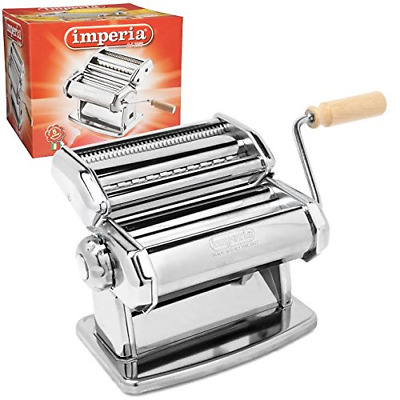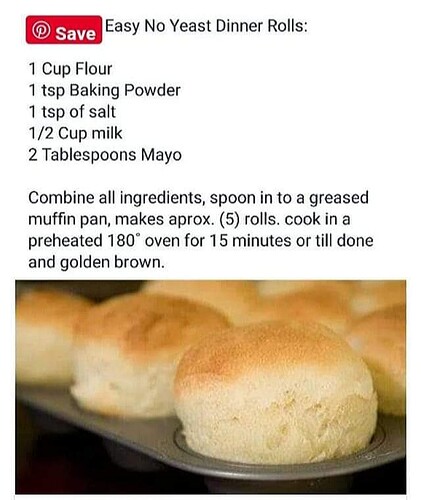If you have any recipes which don’t require a very full store cupboard, you might like to share them here.
Having talked about pasta (which is best made with very fine flour) in another post, let me kick off with a lovely pasta equivalent that can be made just with potatoes, plain (general purpose) flour (in the ratio 3:1) and seasoning. I’m NOT saying this will win you masterchef. 
Not Gnocchi
Approximate ingredients (based on 500 grams of peeled potatoes)
500 g (1/2 pound) unpeeled potatoes
170 g (3 oz) plain or general purpase flour (wholemeal might also work - not sure)
Seasoning (I use salt and white pepper)
Method
Boil potatoes in their skins in lots of salted water for 20+ minutes
Drain
When they are cool enough to handle, remove skins (should be easy)
Weigh the peeled potatoes and put a third of this weight of flour on to a board
Mash the tatties completley (wit a ricer, if you have it)
Add to flour and work together until you have a smooth dough.
Divide dough in two and roll each half into long cylinders of 1 cm / 0.5 in diameter
Cut cylinders into 2 cm / 1 in lengths and, if you’re feeling creative, shape these with the tines of a fork.
Bring a large pot of salted water to the boil and lower the gnocchi into it with a slotted spoon (a few at a time is you’ve done lots)
After a couple or 3 minutes, the gnocchi should rise one by one to the surface at which time they can be removed.
I think these go well with a basilly tomato sauce or most sauces that go with other pastas or even just melted butter and seasoning.
@gisella-albertini Please, PLEASE don’t show this to any other Italians. 







